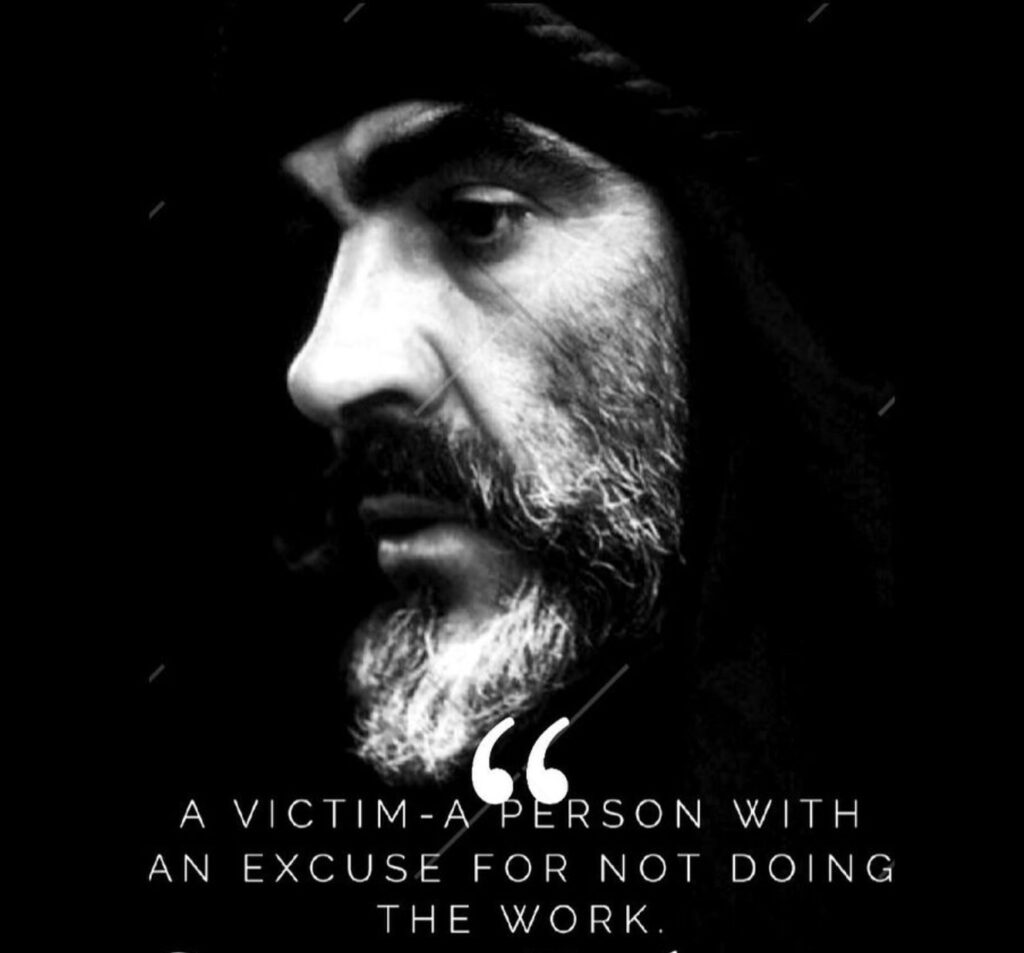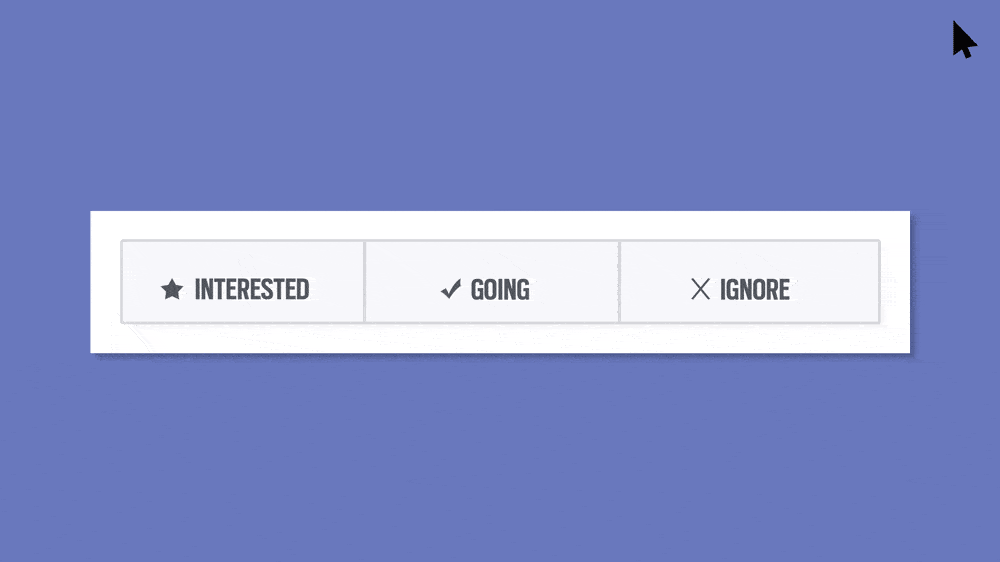Do you understand the full extent of your physical capabilities?
When your alarm clock wakes you up each morning, are you habitually hitting the snooze button and skipping your workout?
I’m willing to bet you’re operating at less than fifty percent of your potential.
Within you lies the capability. The key is overcoming your rationalizations.
If you are anything like me, life becomes complicated after the children were born. Time squandered before kids became painfully evident when, with two young children at home, suddenly, I had none.
Despite the best of intentions, planning to exercise three days each week, something would come up and gym time was the first to be sacrificed.
The excuses are endless; stuck at work, I would miss a workout; a dinner event and miss a workout, catch a cold and miss a workout, traveling and missed a workout. Allowing our gym time to slide seems excusable.
As the credible justifications pile up, your body deteriorates further along with your stamina. The first year passes and you put on extra weight, not much, three to five pounds.
Left unchecked, within a decade you’re 30 to 50 pounds overweight. You become so far off track, that failure seems inescapable. Feeling defeated, as though winning is no longer possible, you give up.
Robbing yourself of your time for a day is inconsequential but doing so repeatedly leaves you out of shape, tired and unproductive.
Justifications and excuses short-change you, erode your self-esteem, and deprive you of energy to show up in life where you’re needed most; for your family, self, and at work.
Motivation is not enough.
A certain amount of obsession and mental reprogramming is required. Missing a workout needs to bother you.
It’s counter-intuitive, but exercising actually buys us time; short-term through providing more energy and long-term in life expectancy.
According to the Mayo Clinic, working out eases depression, frustration, and anger by releasing feel-good endorphins in the brain and enhancing self-perception all while getting fit in the process.
WEIGHTS
In high school, I lacked an exercise routine and my self-esteem suffered. In college, eager to shed this image, I began a consistent weight regimen; chest on Mondays, arms, and shoulders on Wednesdays, and back and legs on Fridays; building muscle mass and stronger self-worth.
Lifting translated into visible progress. The results proved conclusive; weights offered a stronger physique and greater self-confidence. It’s a little surprise, working out became synonymous with weights.
After university, I held tightly to the same routine for years, naively believing it was all I needed to accomplish my fitness goals while failing to acknowledge objectives evolve over time.
Guys like the old me are visible in the gym; late 30s through 50s, we show up infrequently but when we do, it’s about biceps, triceps, and chest, lifting an amount we could easily have managed in an earlier time but now struggle with.
Why?
Despite our evolving bodies requiring more, we adhere to the same tired, old patterns which worked for us long ago.
We associate gym time with weight lifting, appeasing our ego at the expense of our bodies.
CARDIO
Other people’s idea of a workout, consists of long-endurance activities such as running. While cardio-intensive workouts improve endurance, it isn’t necessarily optimal for our health.
Our bodies strive for optimum performance and frequent, monotonous cardio pushes us into a metabolic efficiency state. Running encourages weight reduction but through muscle loss, while conserving strength by storing fat; leaving an unwanted pouch around the midsection — the opposite of what we want.
Chronic, repetitive cardio doesn’t help in achieving weight-loss goals. Walking on a treadmill for five miles while watching a movie is far better than nothing but are you realizing your full potential?
Research suggests endurance cardio is more efficient in shedding pounds when someone is overweight and new to exercise. For those already active, alternating cardio routines; swimming, cycling, and running for example is more effective; variety is key.
Author Ben Greenfield does a deeper dive into this area. According to a study conducted over a twenty-week period, participants who engaged in High-Intensity Interval Training (H.I.I.T.) lost more body fat than those performing endurance activities such as a long, slow treadmill run. H.I.I.T. is also effective in the prevention and insulin resistance management associated with type II diabetes.
Stuck at home during the COVID-19 pandemic?
The 7-Minute Workout is a great H.I.I.T. routine that can be done anywhere using only your body weight in, you guessed it, 7 minutes. It consists of 12 exercises done for 30 seconds each, with 10 seconds of rest between.
Perform in rapid succession, registering an 8 out of 10 in difficulty. For greater intensity, I do each exercise for 2 minutes, resting for 10 seconds between each.
I use it when traveling, at home when I cannot make it to the gym and when short on time. In 30 minutes, I break-a sweat before starting my day.
For years I believed I could accomplish the required cardio on a treadmill, on my own time. A friend in exceptional shape encouraged me to work with a trainer in a group setting.
To be honest, I was uncomfortable, unsure of what to do or even my ability to keep up. The P.I.T. (Personal Intensity Training) class instructor keeps us moving for the entire 55-minutes; push-ups, squats, burpees…it’s brutal.
We warm-up for the first five minutes; running in place, jumping jacks and push-ups, repeating in several intervals. During my first class, I recall thinking “I’ve got this.” Breathing hard, we continued with side lunges and burpees.
25 minutes in, we added kettlebells. Within 30 minutes, the intensity was overwhelming, and unable to catch my breath, I had to step out for water.
I couldn’t finish. It was as though I was working out for the first time.
My body was ill-equipped to complete the cardio-intensive training. Challenging myself to finish the hour-long class within 30 days became my goal. Weekly I showed up and within 30 days, I was not only able to finish the class consistently but do so with a great deal of power.
At first, I dreaded it, but before the 30th-day mark, I started looking forward to the workout. Once I cleared this hurdle, I began asking myself, now that I’ve mastered this challenging cardio class, what else is there to learn, to overcome?
I moved on to yoga, spinning, and kettlebells — any healthy disciplines that were foreign to me, I now wanted to conquer.
After 20 years of doing the same workouts, the results blew my mind.
Several weeks into group lead exercise, I noticed a change; the rest of my week, I had much more capacity; 55 minutes of discomfort to be operating with high energy all week- long? Sold!
Want extra energy to play with your kids after a long work week?
What about greater stamina in the bedroom?
Get comfortable becoming uncomfortable and feel great all week.
Want to live a long, healthy life, cardio is nonnegotiable. It strengthens your heart and reduces obesity, high blood pressure, type II diabetes, heart disease, and osteoporosis risk.
If you find yourself thinking, there is so much to achieve during the next 25 years, but unsure about your ability to find the energy to get you there, a varied cardio routine is your answer.
Everything we need to accomplish flows from improving our physical condition.
CORE
Americans spend an average of three and a half hours a day glued to their phones; at the office, in their cars, even at the dinner table. We walk about with rounded shoulders, heads pointed downward, fixated on our phones.
Poor posture is a side effect, exacerbated by smartphone slouching and long periods of sitting. This behavior leads to chronic back, neck, circulation, heartburn, and digestive problems.
Left unchecked, hunched over middle-aged man is born. Even moderate misalignment puts considerable strain on our necks. For every inch, our head moves forward, in front of our body, and another 10 pounds of pressure is added to the shoulders. Slouching four inches is equivalent to a forty-pound child sitting on our neck.
For years I neglected my core. Lower back pain, aggravated by carrying the kids, my back would go out.
The pain was excruciating, radiating throughout my back and down my legs. I went through rounds of anti-inflammatory pain medication and weeks in physical therapy.
All plans would be canceled until I could walk comfortably. Doctor’s solution — pills, anti-inflammatory, and pain killers. And physical therapy was costly in both time and dollars.
Exercise corrects the problem but not weights or cardio-intensive programs.
A trainer showed me an alternative — working the core.
Core exercises strengthen the lower back, prevents injury, keep us walking upright, and tighten stomach muscles.
30-minutes, twice weekly, done right, is grueling yet life-changing.
When our core is strong, drugs and physical therapy are gone.
YOGA
Physical fitness programs come and go, but with hundreds of variations over 5,000 years, yoga endures. With limited understanding, I viewed it as physical fitness geared towards women; I didn’t get it.
Yoga is important in strengthening both mind and body. Done regularly, it improves flexibility, strength, and posture, enhances breathing, reduces stress, and increases mindfulness.
If this isn’t enough, a study in the journal of sexual medicine discovered it enhances all sexual functions in men; desire, performance, erection, and ejaculation control.
Want to burn calories, tone muscle, strengthen and stretch?
How about relax?
Yoga is a total mind and body workout. And it can be done anywhere.
COOLING DOWN
This chapter only scratches the surface on the topic of exercise.
Your takeaway is simple — find a way to move your body daily, filling each of the four-core buckets weekly.
If, like many of us, you struggle in getting started, join a group class offered at a local gym.
All you have to do is show up.
This isn’t your father’s generation. Returning home to your reclining chair, turning on the TV, and tuning out is to shortchange lifespan, marriage, family and yourself.
When out of shape, we tire easily and a poor attitude follows. Tired with a bad attitude, affect how we show up at work, in our marriage and how we parent.
The ramifications extend well beyond an attractive physical appearance.
Deciding whether or not to work out isn’t negotiable.
Results from maintaining a healthy exercise routine are too significant, letting our body go, protesting we don’t have time, isn’t an option.
We often gravitate towards one type of exercise, lifting weights to build muscle, cardio to work our heart, core to tighten our abdomen or yoga to stretch, tone and clear our heads.
We must involve all areas.
Stuck in the same routine? Working with a trainer is an effective way to introduce variety, learn something new and focus. The same can be accomplished in a class. Do not let the newness of it all stop you. Trainers want you to join in, the greater participation the better.
When working one-on-one, schedule your session, paying in advance. This will motivate you to be there.
Keeping up with a schedule requires exercising multiple times weekly. For some, this proves to be challenging.
Friday arrives, the workweek is ending and I’m falling short of my goals. If I’m not careful, it translates into poor monthly and quarterly results. After years of falling short of my fitness goals, I use this technique to impose accountability.
When I miss a workout, for whatever reason, I must make it up over the weekend. No excuses.
For example, Saturday morning frequently consists of yoga from 7–8:30, spin from 8:45–10:00, and core from 10–11; three workouts in one visit and I’m home by noon for family time. This keeps me accountable and in shape.
Obstacles will always be a deterrent, but when you’re obsessed, the effect is short-term.
Find a way to motivate yourself and make yourself accountable when you fail. By anticipating it and through contingency planning, when it happens, you will know how to respond.
It’s easier to keep commitments, training for a run, or any event motivating us into shape. A weekend Spartan race with friends, preparing to run for political office or dating again are all good motivators.
Regular, varied workouts are essential in filling out the successful, multi-dimensional man you’re becoming.
Physical fitness sets the tone by boosting energy levels and self-esteem.
This positive energy permeates every aspect of your life.
Do not let life’s complications derail your results.
Once we are clear on the importance of variety and consistency, the question becomes, how do I fit it into my schedule?
We’ll address this next.
Get your LIFE SUCCESS SCORE — 5 scores predicting long-term success. ..Take the assessment for free NOW!
StewartRoberts.com/assessment
https://miro.medium.com/max/1400/1*mUZcpOgFFtREcqZRehA9cQ.png
Stewart Roberts: Father, husband, entrepreneur, angel investor, guest lecturer, board member, volunteer. Stewart worked for Morgan Stanley in New York City, co-founded TIX China, a Shanghai-based trading company; studied at Harvard, and served as Orange County President of Tech Coast Angels. He has guest lectured at both UCLA’s Anderson School and USC’s Marshall School of Business. For eight years he served as a CASA mentor. Today, he leads men through life’s transitions with books, boot camps, masterminds, and online courses.


